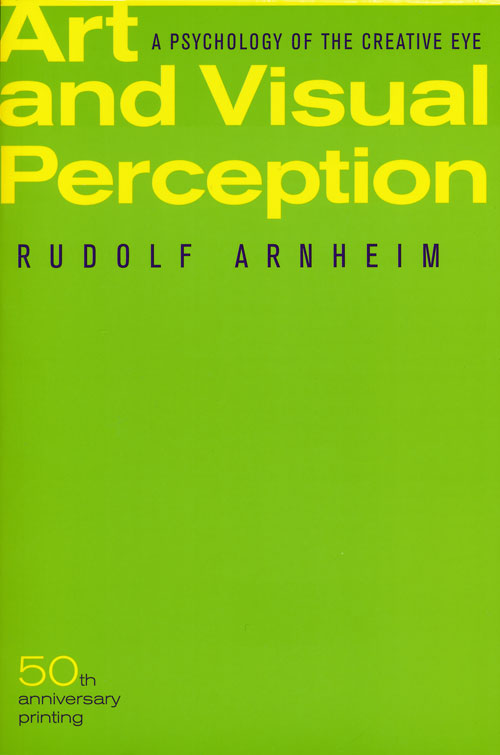Margaret A. Rose: Marx’s Lost Aesthetic: Karl Marx and the Visual Arts (1984)
Filed under book | Tags: · 1840s, 1860s, 1920s, aesthetics, art, art history, art theory, avant-garde, constructivism, marxism, painting, socialist realism

“This book offers an original and challenging study of Marx’s contact with the visual arts, aesthetic theories, and art policies in nineteenth-century Europe. It differs from previous discussions of Marxist aesthetic theory in looking at Marx’s views from an art-historical rather than from a literary perspective, and in placing those views in the context of the art practices, theories, and policies of Marx’s own time. Dr Rose begins her work by discussing Marx’s planned treatise on Romantic art of 1842 against the background of the philosophical debates, cultural policies, and art practices of the 1840s, and looks in particular at the patronage given to the group of German artists known as the ‘Nazarenes’ in those years, who are discussed in relation to both the English Pre-Raphaelites, popular in the London known to Marx, and to the Russian Social Realists of the 1860s. The author goes on to consider claims of twentieth-century Marxist art theories and practices to have represented Marx’s own views on art. The book the conflicting claims made on Marx’s views by the Soviet avant-garde Constructivists of the 1920s and of the Socialist Realists who followed them are considered, and are related back to the aesthetic theories and practices discussed in the earlier chapters.”
Publisher Cambridge University Press, 1984
ISBN 0521369797, 9780521369794
216 pages
via Charles, in the Unlimited Edition
Reviews and commentaries: Genet-Delacroix Marie-Claude (Annales. Économies, Sociétés, Civilisations, 1986, FR), Harold E. Maha (History of European Ideas, 1987), Eugene Hirschfeld (2010).
PDF (25 MB, no OCR)
See also the entry on Marxist aesthetics on Monoskop wiki.
Rudolf Arnheim: Art and Visual Perception (1954–) [EN, RU, PL, RO, ES, BR-PT]
Filed under book | Tags: · architecture, art theory, colour, kinesthesia, light, movement, music, painting, perception, perspective, physiology, psychology, sculpture

“Since its publication in 1954, this work has established itself as a classic. It casts the visual process in psychological terms and describes the creative way one’s eye organizes visual material according to specific psychological premises. In 1974 this book was revised and expanded, and since then it has continued to burnish Rudolf Arnheim’s reputation as a groundbreaking theoretician in the fields of art and psychology.”
Publisher University of California Press, 1954
Expanded and revised edition, 1974
ISBN 0520243838
508 pages
Interview with the author (Uta Grundmann, Cabinet, 2001)
Publisher (EN)
Art and Visual Perception (English, 1954/1974, 26 MB)
Iskusstvo i vizualnoe vospriyatie (Russian, trans. V.N. Samokhin, 1974/2000, DJVU, no OCR)
Sztuka i percepcja wzrokowa (Polish, trans. Jolanta Mach, 1978, 24 MB, no OCR, via nuitienne)
Arta si perceptia vizuala (Romanian, trans. Florin Ionescu, 1979, 35 MB, no OCR, via)
Arte y percepción visual (Spanish, trans. María Luisa Balseiro, 1979/1997, 43 MB)
Arte e percepção visual (Brazilian Portuguese, trans. Ivonne Terezinha de Faria, 1980/2005)
André Malraux: The Voices of Silence (1951–)
Filed under book | Tags: · art history, art theory, museum, painting, philosophy of art, photography, sculpture

“This is not a history of art, but a work on the sculptor’s and painter’s arts of the world by a passionate art lover. The organization is by ideas; the illustrations are drawn from all peoples, countries, and times. Each picture is placed within a page or two of its discussion in the text. As an idea develops, the places and periods of its illustrations wander. The coherence is an inward one, not one of objective order.
Malraux starts from the premise that with the broadening of our knowledge of the world, and especially by the aid of archeology and photography, the many visual arts developed by the human race in its history are now mainly known and accessible. They are as it were in one grand museum without walls–the museum of our cognizance.
Further, they are known to many creative artists, and will be known to more, and will influence them. In other words, the situation no longer exists which has characterized the appearance of most arts heretofore, namely of growing up insulated, in regional solitude and self-sufficiency. From now on, the history of human visual art will be of a new order.
Another idea Malraux develops is that while painting and sculpture do represent objects, the artist, contrary to legend and public opinion, develops his work out of his ability to see–not nature, but his predecessors, and to transcend them. Style is thus a social phenomenon, an interrelation of men through their works.” (from a review by A.L. Kroeber, American Anthropologist, 1957)
Originally published in 3 volumes as Psychologie de l’art, 1947-49, the work had been thoroughly rewritten and published as Les Voix du silence, Gallimard, 1951.
Translated by Stuart Gilbert
First published in English by Doubleday, 1953
Reprinted by Secker & Warburg, London, 1954, 661 pages
Publisher Paladin, UK, 1974, 679 pages
Reviews: Maurice Blanchot (1950/1997), William Barrett (Saturday Review, 1953).
PDF (1954, 44 MB, no OCR, IA, added on 2023-5-3)
PDF (1974, 81 MB, no OCR)

